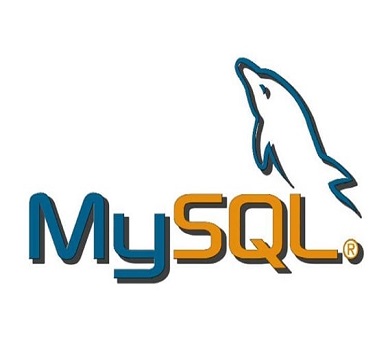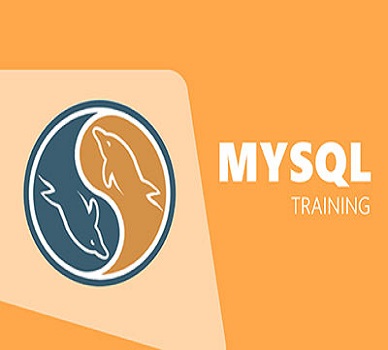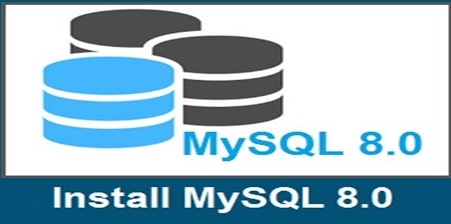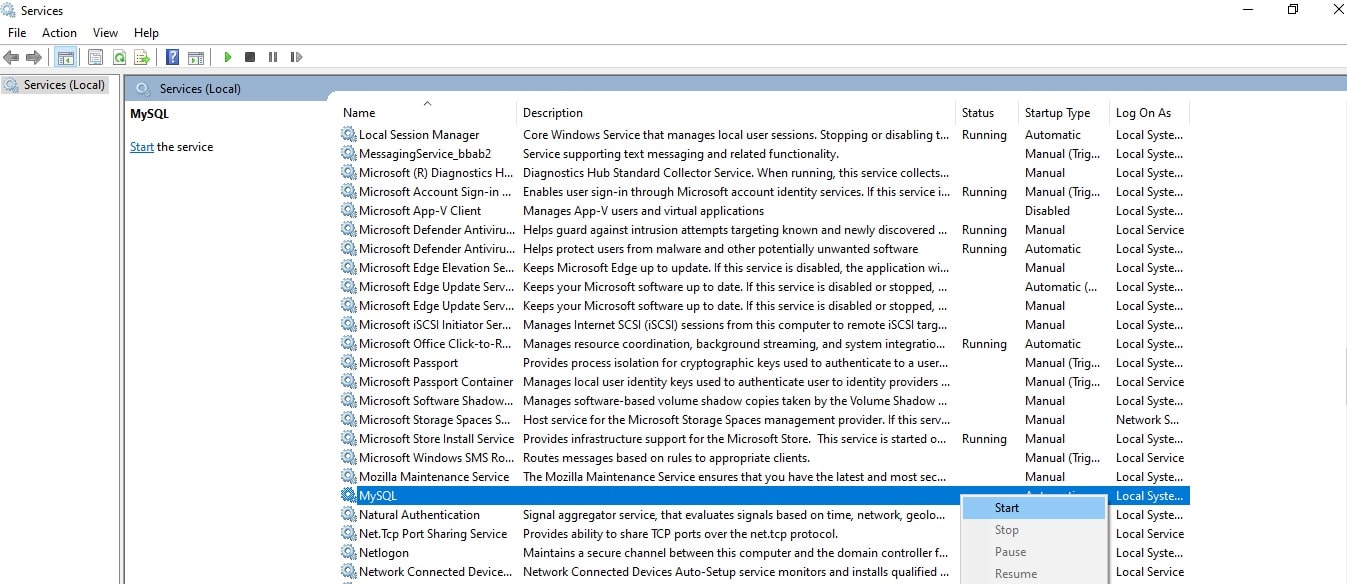
02
Jul 2021Top three concepts to understand about MySQL before hiring a MySQL tutor
Description
"Need MySQL Tutor?"
urbantution can help.
Mysql tutor provides you an overall understanding of the Mysql database, which helps you to clear your concepts. Our tutor provides one-to-one tuition classes for the beginner and professional level MySQL.A mysql tutor can teach you at a pace you are comfortable with. You can learn Mysql and focus on chapters and assignments according to your need, which gives you a huge advantage over traditional learning.
If you are looking for "Mysql tutor" urbantution is there to help you. Contact us so we can find you a Mysql tutor who is best suited for your learning requirement.
You can go through the List of Top MySQL tutors available on urbantution.

What is MySQL?
MySQL is an open-source, relational database management system typically running at 3306 port as default. Since MySQL is open source, it allows programmers to customize MySQL to fit according to their requirements.
It supports standard structured query language. It is used by a large number of web applications.
Students should be aware of terms like database and computer programming language, As these are prerequisites of learning MySQL.Before hiring a MySQL tutor you should know the basics of MySQL database, Which helps you to understand better from the very beginning of course.
- Salient Features of MySQL
- Mysql - installation Linux and windows
- How to change the password of your root(MySQL) user
1.Salient Features of MySQL:-
a) MySQL is fully multithreaded and can use multiple CPUs for processing.
b) MySQL works on various Operating systems and with many programming languages like Java, PHP,C , C++
c) MySQL provides Innodb as a transactional storage engine that has ACID(Atomicity, Consistency, Isolation, and Durability) property.
d) MySQL has a high-speed thread-based memory allocation system.
e) MySQL supports an in-memory heap table.
f) MySQL Server works in client/server or embedded systems.
g) MySQL supports multiple platforms.
2.Mysql - installation

For Windows
Visit https://dev.mysql.com/downloads/installer/ to download offline or online packages. Unzip the package in any of your computer drives and you will find a setup.exe file that needs to be executed. One can change the root user password during installation.
After installation MYSQL service can be started from windows services as well as from command prompt.
Steps to start MySQL database from window services :-
a. Press Window + R and then type services.msc, press OK.
b.Right Click on MySQL or MySQL80 service and press start.

For Linux
a. Open terminal type command sudo apt-get install mysql-server for ubuntu
Now Type command mysql -v to find the version of your MySQL and connect to MySQL
Type command select user from mysql.user to find all your MySQL users
3.How to change the password of your root(MySQL) user?
MySQL comes with an empty root password. As soon as the MySQL database is installed you need to change the root password.
Open your MySQL terminal and enter alter user root@localhost identified by "YOURPASSWORD";
Now you can enter the command sudo mysql -u root -p to enter MySQL as root
You can start the MySQL server from the terminal with the command mysqld start.
MySQL database is now running.
Frequently asked questions:-
Q. Is MySQL easy to learn?
Yes. A student who interested in web development and programming languages can learn MySQL easily. One can always book a tutor to learn MySQL.MySQL tutor can expedite the process of learning, as he/she has well-prepared notes and experience.
Q. How to start learning MySQL step by step?
- Know basics of MySQL
- Prepare development environment
- Creating a database and storing data
- Querying the MySQL database
- Query optimization and MySQL database optimization
MySQL can be learned broadly in Five steps.
1.Know basics of MySQL
MySql is a database that is used to store data. Data is stored in tables. Tables can be considered a bigger form of an excel sheet, where data is stored in columns and rows.The column is vertical headings and rows are horizontal data.
Like an excel sheet, we need to find, retrieve and modify data in the database. We use Query language to find, retrieve and modify data in the MySQL database.
2.Prepare development environment
Preparing the development environment means the installation and configuration of the database.
3.Creating a database and storing data
We can create multiple databases and multiple tables in each database to store, find retrieve and modify data.
4.Querying the MySQL database
In this step, we learn the syntax of structured query language to operate with the MySQL database.
Example
a. How to select or filter particular data from any table in MySQL database?
We use SELECT keyword to filter data from one or more tables.
SELECT * from employees;
This query will result in all data from employees table, where employees is table name.
SELECT * from employees where salary > 10000;
This query will result in data of all employees whose salary is greater than 10000 Rs. from employees table.
b. How to insert data in any table under MySQL database?
INSERT into employees(id,name,salary,post) values(1,'xyz','2000','Mysql tutor');
The above statement will insert one row of data in employees table.
5.Query optimization and MySQL database optimization
In this step, we learn to optimize the query and database for optimal performance.
Q. How to check version of MySQL?
For Linux:
mysql -vFor Windows:
SHOW VARIABLES LIKE '%version'
Q. What is a join in MySQL database?
In MySQL, joins are used to query data from two or more tables. The query is made using the relationship between certain columns existing in the tables. There are four types of joins in MySQL.
Inner Join
If you use inner join then you will get only common values between the two tables.
Full Join
If you use Full join then you will get all values from the two tables
Left Join
If you use Left join then you will get all values from the left side table as well as common values from the two tables.
Right Join
Right Join is the exact opposite of left join. If you use Right join you will get all values from the right side table as well as common values from the two tables.
Tags:-



